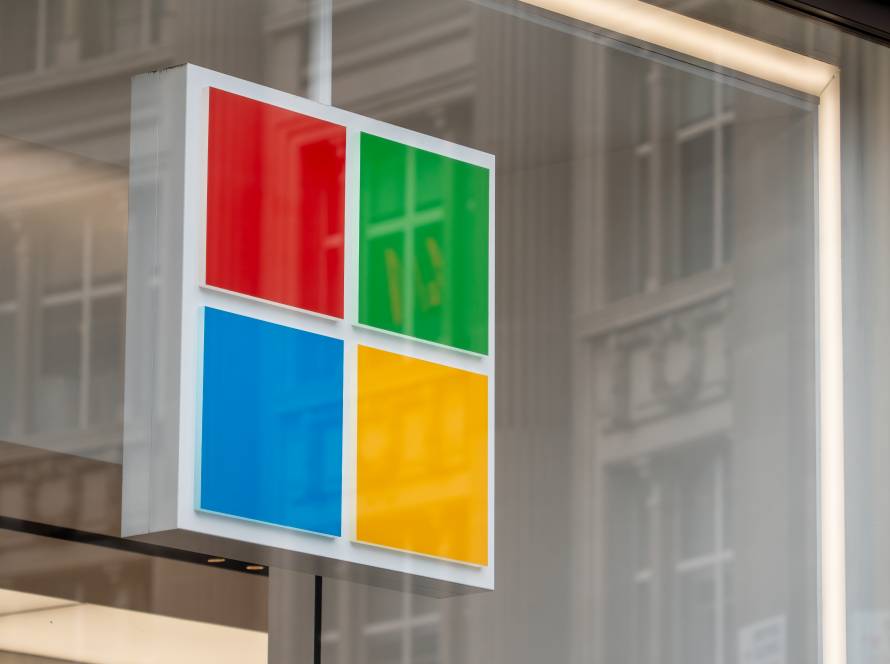Microsoft Patch Tuesday – August 2025: What You Need to Know
Microsoft’s August 2025 Patch Tuesday delivered a substantial set of updates aimed at bolstering security across its ecosystem. With 119 vulnerabilities addressed, including 13 critical and one zero-day, this month’s release underscores the importance of timely patching for both enterprise and individual users.
Key Highlights from August 2025 Patch Tuesday
Total Vulnerabilities Fixed
- 119 vulnerabilities addressed
- 13 Critical
- 91 Important
- 1 Zero-Day (CVE-2025-53779)
Notable Vulnerabilities
-
CVE-2025-53779 – Windows Kerberos Elevation of Privilege
A zero-day vulnerability allowing attackers to gain domain administrator privileges. Though not exploited in the wild, it poses a serious risk in Active Directory environments. -
CVE-2025-50165 & CVE-2025-53766 – Graphics Component & GDI+ Remote Code Execution
Both carry a CVSS score of 9.8, enabling remote code execution via malicious image files or documents. -
CVE-2025-53778 – Windows NTLM Elevation of Privilege
Exploitable by attackers with basic network access, potentially leading to SYSTEM-level access. -
CVE-2025-53786 – Microsoft Exchange Hybrid Deployment Privilege Escalation
Could allow attackers to pivot from on-prem Exchange to cloud services like Exchange Online. -
Windows 11 Updates KB5063878 & KB5063875
These cumulative updates for Windows 11 (versions 24H2, 23H2, and 22H2) include:
- Security hardening
- Copilot reliability fixes
- Secure Boot certificate rollover preparations
- Performance tweaks for gaming and GPU drivers
- Fixes for File Explorer and Settings app crashes
Known Issues & Risks of Updating
While updates are essential, they can introduce temporary instability:
Known Issues
- Parental consent prompts may not appear in unsupported browsers like Chrome when using Microsoft Family Safety
- Secure Boot validation errors in environments with custom firmware keys
- Driver regressions with older third-party drivers
- File Explorer progress dialogs not appearing in some scenarios
Mitigation Strategies
- Test updates in a controlled pilot ring
- Monitor Windows Release Health for emerging issues
- Ensure driver compatibility before mass deployment
- Maintain rollback plans and backups

Risks of Not Updating
Failing to apply these patches can expose systems to:
- Remote Code Execution (RCE) attacks
- Privilege escalation to SYSTEM or domain admin
- Information disclosure from cloud services
- Exploitation of zero-day vulnerabilities
- Compliance failures in regulated industries
Recommended Action:
Apply updates promptly, test in staging environments, and monitor for anomalies. Staying current is your best defense against evolving cyber threats.


